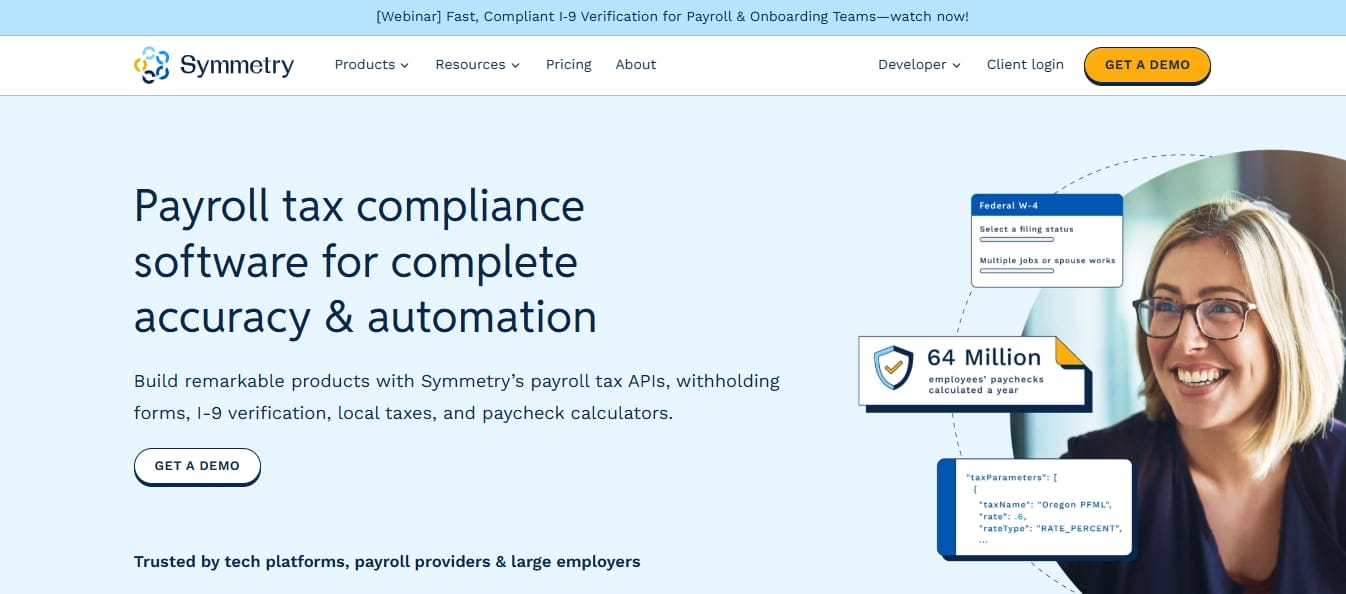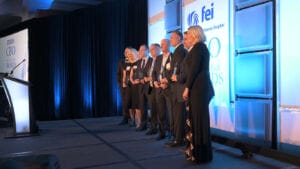Payroll compliance in 2025 is more nuanced than ever. With remote work proliferating, regulatory frameworks shifting, and employee flexibility rising, companies now face the daunting task of ensuring accuracy, timeliness, and legal conformance across multiple regions.
The Challenge of Complexity
Today’s organizations must contend with a patchwork of payroll regulations spanning federal, state, and local levels. Changes in areas like minimum wage adjustments, employee classification, and tax withholding thresholds can occur rapidly. For instance, the U.S. Social Security wage base rose to $176,100 in 2025, while Health FSA and 401(k) contribution limits also climbed significantly. Meanwhile, managing tax residency and withholding for remote and multi-state workers remains a persistent challenge.
Tools That Bring Real-Time Precision and Clarity
In response to these pressures, providers increasingly offer real-time payroll processing, geospatial tax logic, and proactive compliance tools. Real-time engines help process gross-to-net calculations quickly and adapt payroll components as jurisdictional rules evolve.
Geolocation or mapping employee addresses down to precise coordinates instead of ZIP codes helps determine the correct local withholding tax and wage rates, reducing miscalculations due to jurisdictional nuances (Symmetry Software). These techniques are especially useful in distributed workplace contexts.

LOCAL NEWS: 100 best places to work and live in Arizona for 2025
DEEPER DIVE: Here are retailers coming to Northside at SanTan Village in Gilbert
The Role of Human Oversight and Tech Integration
Automated systems are only part of the solution. Many organizations supplement technology with continuous tax and labor research, often supported by AI tools to interpret legal updates. Some platforms now offer “Tax Radar” style features, delivering real-time regulatory alerts and integrating upcoming changes into payroll systems before official enforcement begins. This hybrid approach aims to keep employers compliant while reducing administrative burden.
Industry sources also highlight the rise of AI-powered assistants—capable of monitoring legislative shifts, validating data for anomalies, and automating repetitive tasks like form approvals or time-off processes which further amplify compliance rigor.
Local Innovation in Arizona
Arizona has become a notable environment for payroll-tech development, supported by a vibrant tech ecosystem and strong university recruitment. One long-standing Scottsdale-based company, celebrating four decades of operation, reflects this local infrastructure. As CEO of Symmetry Elizabeth Oviedo notes, “Our longevity is a testament to the caliber of technology talent in the valley.” She adds that Scottsdale offers “exceptional quality of life from education to housing and abundant sunshine,” helping the company attract and retain talent.
Elizabeth also acknowledges regional networks’ impact: “Our founder established what evolved into the Arizona Technology Council,” underscoring deep roots in the state’s tech community and illustrating how local innovation ecosystems can support longevity in compliance technology.
Collaborating Behind the Scenes
Many payroll platforms today rely on external compliance infrastructure to power back-end functions like onboarding, withholding calculations, and tax form generation. These subtler compliance tools allow providers to focus on user experience and analytics rather than tax logic.
Elizabeth offers a measured perspective on this integration: “We’re often not visible to end users but handling complex tax logic lets payroll platforms innovate on front-end features with confidence.” This shared infrastructure model enhances efficiency without compromising compliance integrity.
2025 and Beyond: What Businesses Should Watch
As the payroll landscape evolves, several trends are shaping priorities:
- Regulatory agility remains critical businesses must anticipate changes like increased frequency of tax reporting or new benefits-in-kind mandates (e.g., real-time reporting beginning in some regions by 2026).
- Remote and global payroll complexities continue to rise. Companies must track where work is performed, apply tax treaties correctly, and manage cross-border payroll risks—challenges best addressed with geolocation and unified systems.
- Intelligent automation of both calculations and compliance tracking particularly through AI brings predictive oversight into payroll operations, reducing errors and bolstering preparedness.
In Summary
Payroll compliance in 2025 demands a mix of advanced technology, proactive regulation management, and localized innovation. Solutions that combine real-time engines with geolocation logic and AI driven alerts are helping companies navigate complexity more accurately.
Arizona’s tech environment, bolstered by institutions, community networks, and long-standing companies continues to drive innovation in compliance infrastructure.
Ultimately, for businesses and tech providers alike, the goal is to build systems that are accurate, agile, and invisible freeing users to focus on operations and people rather than bureaucratic detail.




